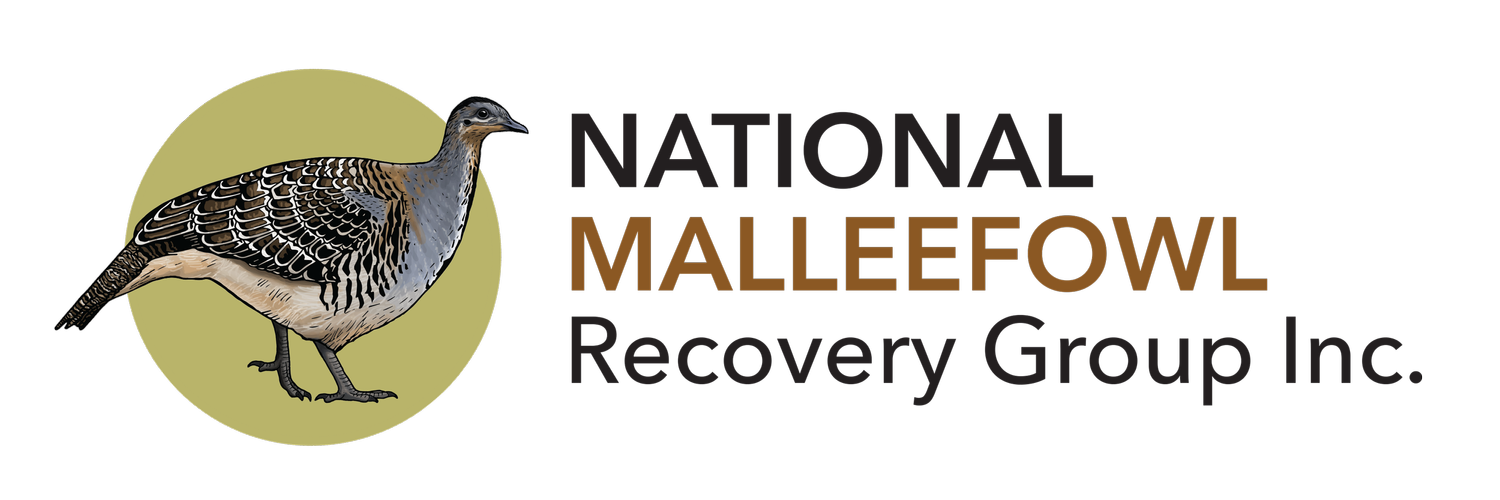Discovering malleefowl in your backyard – Michael Gooch reports
I am very fortunate to live on a property adjoining Wyperfeld National Park in the Victorian Mallee. Moving from the western suburbs of Melbourne, I was aware of the beautiful and specialised birds that can be found throughout the Mallee region; very few as enigmatic and highly desired by birders as the Malleefowl. You can imagine our surprise then when within the first hour of owning the property, and after a lengthy and tiring drive up from Melbourne, we were treated to the sight of a Malleefowl ambling across a clearing on our bush block. That was in March 2018, and I am happy to report their presence has continued with regular sightings of multiple birds for the past few months! Currently, there are 5 birds made up of two pairs and one roaming single bird that seems to be no threat to either of the pairs.
We have two permanent water points set up on our property, each has a motion-activated wildlife camera set up to monitor the various comings and goings. This year, for the first time the direct area around one of the cameras has been particularly active with Malleefowl (since the middle of May). At first, it was a single bird, but more recently a pair have been captured – even three birds were recorded on one occasion in early June. They can be seen in the following clip: https://www.youtube.com/watch?v=cfYlS1E4-vo
It is incredibly exciting working with the National Malleefowl Recovery Team to improve the outcomes for these wonderful and enthralling birds; to actually then be able to spend so much time with them at home as they go about their business is very rewarding. Judging by my observations, most of that business at this time of the year, pre-mound building, involves lots and lots of eating! Luckily for these hungry Malleefowl, they have access to our neighbour’s crop with all of the associated new growth, bugs and insects it draws.
Let’s hope these encouraging signs mean we are in for an active breeding season.
Michael Gooch


